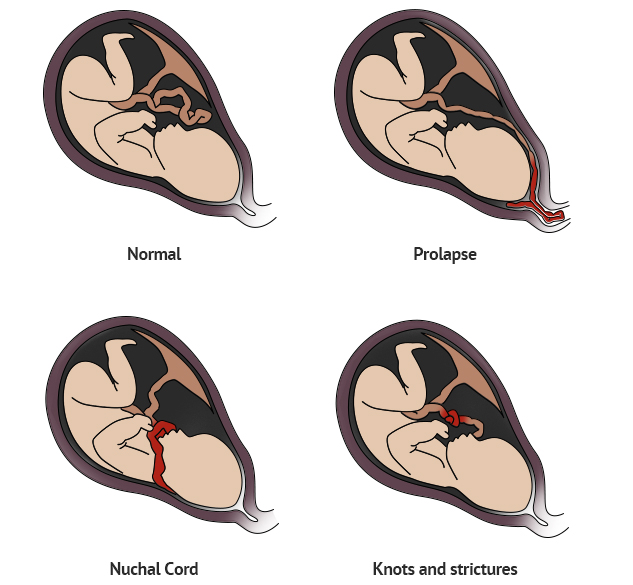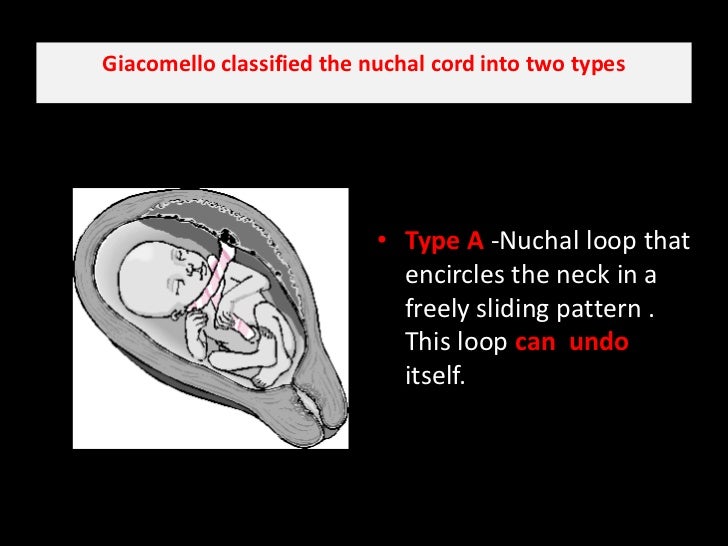Table of Content
Though uncommon, surviving infants might develop problems secondary to asphyxia, including neonatal encephalopathy and cerebral palsy. Umbilical cord prolapse is when the umbilical wire exits the cervical os before the fetal presenting part. Compression of the wire leads to vasoconstriction and resultant fetal hypoxia, which may lead to fetal death or disability if not quickly diagnosed and managed. During labor, the umbilical cord will get stretched and compressed, leading to umbilical twine compression.
If that happens, you should seek financial assist as a result of this situation can price you a good amount. Along with cerebral palsy, your youngster could end up with behavioral problems, autism, and even fetal death. You have to reply as quickly as you discover something has gone incorrect. Along with this, the mother herself may feel a difference in the umbilical twine after an umbilical twine compression has occurred. The mom might even really feel the twine drop into her delivery canal because the amniotic sac ruptures. If adjustments in coronary heart rate and other fetal distress occurs, doctors may decide the infant has extra probability of survival exterior of the womb than inside.
What's Umbilical Twine Prolapse?
It’s necessary to find a lawyer who understands the complexities of this particular sort of case and who’s familiar with the medical state of affairs and established practices for labor and supply. Umbilical twine compression occurs when the baby’s weight, the placenta or the vaginal walls put strain on the cord during pregnancy, labor or supply. In truth, based on the American Pregnancy Association, compression happens in about one out of every 10 deliveries. The medical community identifies umbilical twine compression as a flattening of the umbilical wire as a result of extreme strain. This increases the risk posed to the child, and numerous health complications can arise. Doctors need to act rapidly to prevent any issues from further complicating the matter.

Free Case Evaluation There are many causes for compression of the umbilical cord and tons of babies expertise some periodic compression of the cord throughout labor. Most infants may have some compression of the cord during a traditional vaginal delivery as properly. The baby can normally tolerate a short period of umbilical twine compression. Many babies will truly hold and squeeze their very own umbilical cord inside the uterus and then they'll let go of it without any problem. Many babies could have the umbilical twine wrapped around their neck or body because of turning inside the uterus and sometimes this entanglement with the wire doesn't release.
Am I Ready To Do Something To Stop Umbilical Wire Prolapse?
The most typical causes of compression are prolapse, nuchal cord, knotted twine or uterine contractions. 17.Hasegawa J, Sekizawa A, Ikeda T, Koresawa M, Ishiwata I, Kawabata M, Kinoshita K., Japan Association of Obstetricians and Gynecologists. Clinical threat factors for poor neonatal outcomes in umbilical wire prolapse. If your baby exhibits signs of misery or in case your baby’s coronary heart fee suddenly reveals signs of brief drops within the heart rhythm, a C-section could additionally be needed to make sure your baby’s well being. If you need to help investigating your child’s birth injury, please contact us. Our birth damage attorneys will be joyful to offer you a free case analysis.

It is what provides the infant with oxygen, blood and vital nutrients throughout the being pregnant and into labor and delivery. The umbilical cord is, basically, what the infant eats and breathes through, and it transports waste again to the placenta from the child. If one thing goes wrong with the umbilical wire, the baby’s well being is put in danger. One main complication involving the umbilical wire is umbilical wire compression.
When the cord is compromised, your baby may turn out to be malnourished or suffer from the effects of oxygen deprivation. Serious umbilical wire problems can lead to mind harm or the demise of the baby. If they fail to give you the standard of care, and it results in umbilical wire compression issues, you might have a medical malpractice case. Unfortunately, you can’t at all times stop umbilical twine compression. But a good medical staff can in some situations detect it early enough to do something about it.

Detecting indicators of umbilical wire compression means your baby can survive without any lasting injuries. There are numerous umbilical cord issues that may probably lead to extreme problems. In this article, we'll talk about the indicators of umbilical cord compression, what causes umbilical twine compression, and what may be accomplished to protect the fetus within the womb.
The umbilical wire is the lifeline between the mother and the infant. However, during pregnancy and childbirth, this important lifeline can turn out to be compressed, slicing off the baby’s supply of blood and oxygen, and placing the infant in danger of mind harm or death from lack of oxygen. Umbilical twine compression in the womb happens when the umbilical cord is pressed between two surfaces, such as the baby’s head and either the wall of the uterus or the mother’s pelvic bone. Compression can also occur if the umbilical twine turns into knotted or wrapped around the baby’s neck.

It's not clear what causes umbilical twine prolapse, nevertheless it occurs extra usually when there was an obstetric intervention, corresponding to induction of labor or the use of vacuum or forceps throughout start. Cord prolapse rarely happens (only in about 0.17 % of stay births). Because the prolapsed wire could become pinched and keep the infant from getting sufficient oxygen, it's thought-about a medical emergency. The umbilical cord is a flexible, tube-like structure that, throughout pregnancy, connects the fetus to the mother. It transports vitamins to the baby and also carries away the baby's waste products. Amnioinfusion – Amnioinfusion is a form of treatment that includes introducing a saline solution into the mother’s uterus to be able to alleviate stress on the umbilical wire and open the arteries and vein inside.
This condition happens when the umbilical cord drops between the fetal presenting part and the cervix into the vagina. Umbilical cord prolapse occurs previous to or throughout supply of the child. The general incidence is reported at zero.16%-0.18% or roughly one in each 300 births. If you’re involved about your child’s improvement for these or different reasons, step one is to hunt medical treatment. Usually, the physician who delivers infants is totally different from the physician who oversees their care post-birth. Since a birth harm is normally caused during the labor and delivery course of, your child’s pediatrician is likely a good individual to ask for their unbiased opinion about the reason for your child’s medical issues.
Ideally, the umbilical cord ought to observe the child out through the start canal. If the twine will get forward of the infant or moves alongside side the infant, a dangerous state of affairs can develop leading to start asphyxia, HIE, and different delivery injuries. During being pregnant, the umbilical twine delivers very important nutrients and oxygen from the mom to the baby.
Before or during birth, the umbilical cord can drop through the open cervix into the vagina forward of the baby. This complication, referred to as umbilical cord prolapse, should be handled immediately so the fetus doesn't put strain on the twine, slicing off oxygen. There’s no such thing as a “perfect” pregnancy, but the doctor’s function is to detect and diagnose any issues and provide the remedy essential to avoid harm to your child where possible. Umbilical twine compression can lead to severe and life-long accidents, but they'll often be prevented if the doctor performs a direct Cesarean section.

She at present works as a medical writer and featured healthcare skilled. Umbilical wire compression can occur for so much of causes, and may be harmful to the toddler. Cristina Mutchler is an award-winning journalist with more than a decade of expertise in national media, specializing in well being and wellness content material. A multilingual Latina, Cristina's work has appeared on CNN and its platforms, native news associates across the country, and in the promotion of medical journal articles and public well being messaging. Although treatment may range from case to case relying on severity, two to 3 days is a typical length for cooling therapy to be applied.

No comments:
Post a Comment